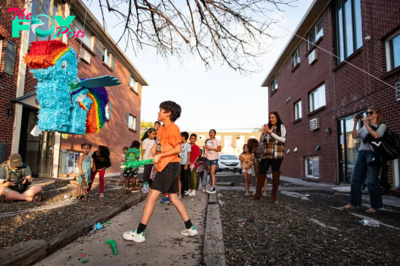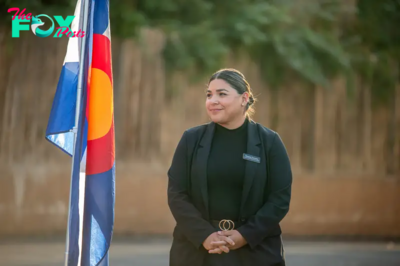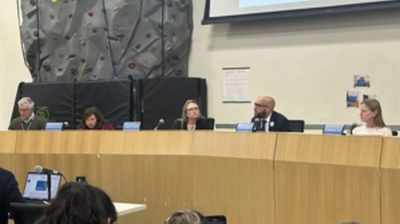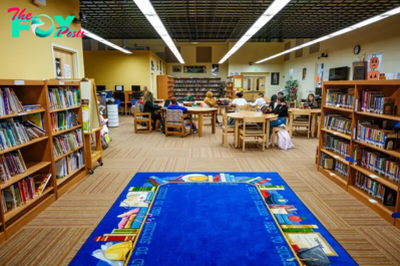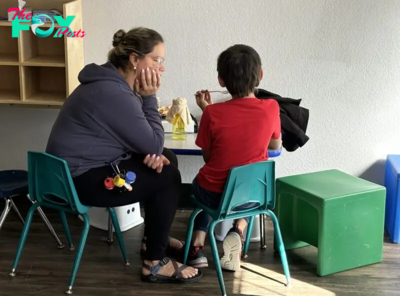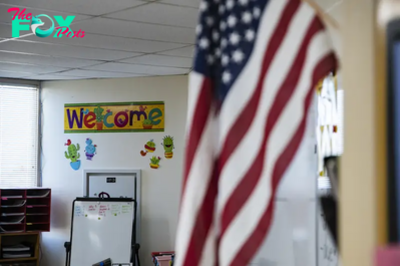Education
Roughly 2,700 fewer Colorado students applied for financial aid after FAFSA form change
When the process goes well, it typically takes 15 to 30 minutes for a student to complete the Free Application for Federal Student Aid. But, for Amy Carrillo-Rodriguez, it took four months.
Carrillo-Rodriguez is a U.S. citizen but her parents live in Mexico, a factor that was not an issue, until the federal government revised the FAFSA form late last year.
☀️ READ MORE
Colorado voters will decide whether to overhaul election system, adopt statewide ranked choice voting
How did kids in your Colorado school and district perform on standardized tests? This map breaks it down.
Colorado lawmakers pass property tax deal that aims to stop November ballot measures
The FAFSA allows students to indicate that their parents did not file taxes in the U.S. because they earned income in the foreign country they live in. But when Carrillo-Rodriguez selected that option, the form continued asking questions about her parents’ U.S. income tax return — and she couldn’t skip to the next page.
“This year, we knew there were significant changes happening to the FAFSA, so we dedicated the past year and a half to understanding those changes to be as prepared as we could to support students,” said Natasha Garfield, director of scholarships and financial aid at the Denver Scholarship Foundation, a nonprofit that helped Carrillo-Rodriguez and more than 4,000 other Colorado students fill out the FAFSA — which helps determine a student’s eligibility for grants, scholarships, work-study programs and loans for college and trade school — and answer financial aid-related questions over the last year.
“What we discovered, starting in January, was that nothing about the new form has worked the way it was supposed to and we’ve tried to focus on tracking every development from the U.S. Department of Education, the national organizations we’re a part of and other resources to understand how to get around many of the issues students were having,” Garfield said.
When students complete the form, they get access to the largest source of financial aid for school.
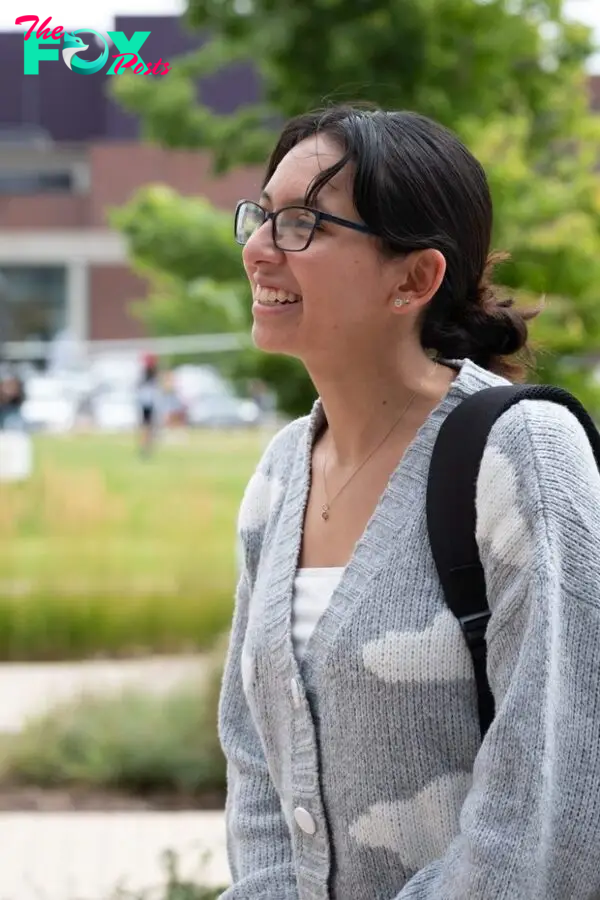
Congress passed two laws in recent years — the FAFSA Simplification Act and the Future Act — which aimed to improve the complicated FAFSA process and many other financial aid-related things. But the revised FAFSA has been a headache, especially for students who are U.S. citizens but whose parents are undocumented or don’t have Social Security numbers and for students who have parents who didn’t file taxes in America.
Colorado lags behind most other U.S. states for the number of high school students who completed the FAFSA during the 2023-24 school year and there’s a troubling decline in FAFSA completion rates nationwide.
In the spring, students usually receive award letters from colleges that let them know how much financial aid they received. But this year, many colleges were delayed in getting those award letters to students because of the technical difficulties with the crucial form, including that the form opened Dec. 31 when it typically opens Oct. 1.
This left some students faced with making decisions about enrolling in school without key information about how much it would cost, Garfield said.
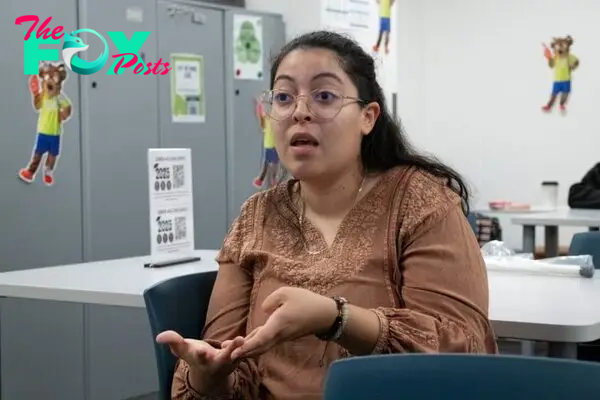
When students are awarded financial aid packages from colleges after filling out the FAFSA, they can compare the results side-by-side to understand which institution would give them the highest amount of financial and which school would be the best fit for them academically and financially, said Araceli Palacios, Denver Scholarship Foundation college advisor at the Future Center at Montbello High School, which helps students envision post-high school plans and achieve them.
College advisors like Palacios encourage students to submit their FAFSA as early as possible, because those who do, often get the biggest financial aid packages from schools. Submitting the form early also gives students enough time to apply for other scholarships if they need it, Palacios said.
Some students who don’t receive financial aid just decide not to enroll.
The revised FAFSA
The U.S. Department of Education reduced the number of questions on the revised FAFSA this past school year to make it easier to complete and the agency changed the way tax information is entered into the form by students and parents.
“That was a significant technological change, which was supposed to be an improvement and it is — for people who have a very straightforward tax situation and have a Social Security number,” Garfield said. “But for others, it’s actually more difficult than the old form used to be.”
In the past, parents without a Social Security number printed out a signature page, signed it and mailed it into the Department of Education. This year, all parents providing information on the FAFSA were required to make an online account to sign their child’s application. But that new part of the process had a technical glitch that halted the entire process for some students for weeks or months until it was resolved.
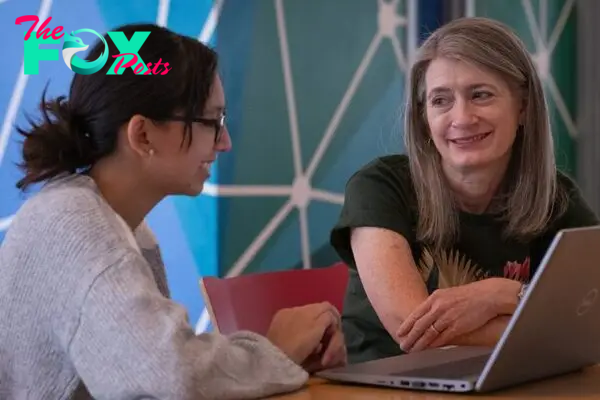
For parents without Social Security numbers, the student completes a section of the FAFSA to send an electronic invitation to their parents to contribute information to the form. The account matching process happens based on the parent’s first and last name, birth date and current mailing address.
If the student enters any piece of that information even slightly differently than the way it was entered on the parent’s account, the accounts will not link together, Garfield said.
For example, if a parent typed the word “Street” to describe their address and the student used the “St.” abbreviation, the FAFSA accounts will not link.
-
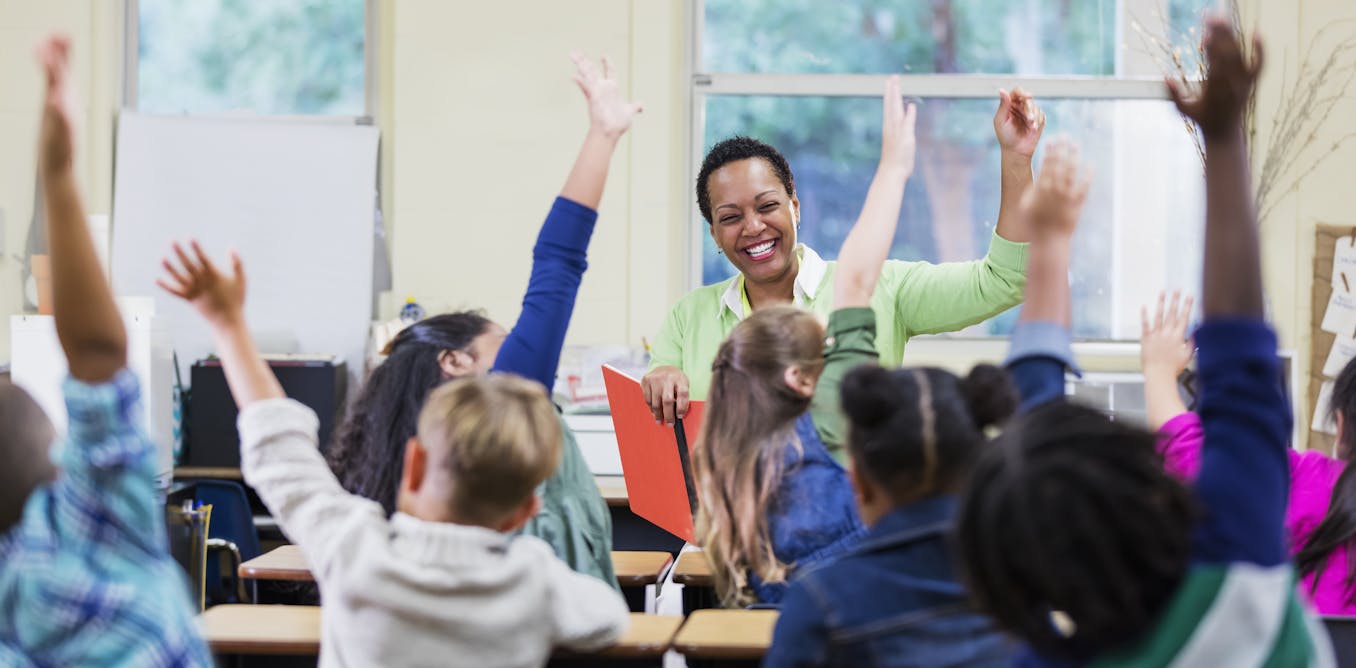
 Education2d ago
Education2d agoPhiladelphia students have a new reading and writing curriculum − a literacy expert explains what’s changing
-

 Education2d ago
Education2d agoWhy school police officers may not be the most effective way to prevent violence
-

 Education5d ago
Education5d agoCampus diversity is becoming difficult to measure as students keep their race and ethnicity hidden on college applications
-

 Education6d ago
Education6d agoFederal judge rules that Louisiana shalt not require public schools to post the Ten Commandments
-
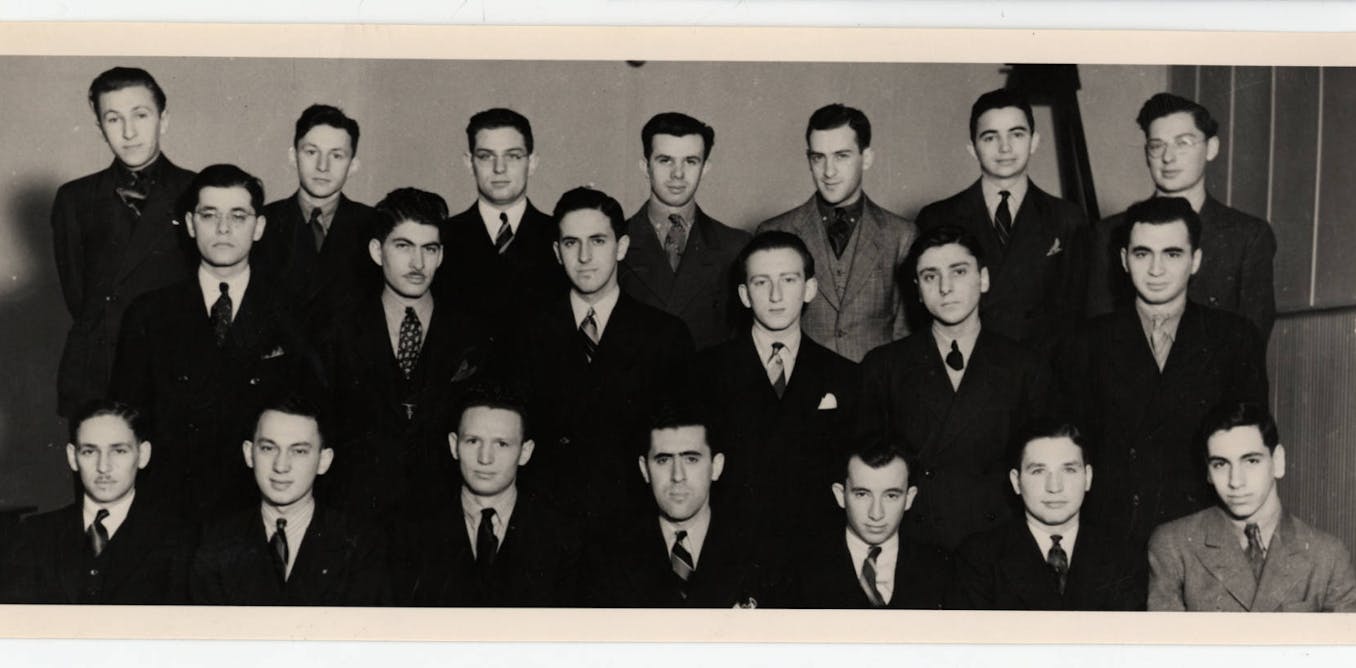
 Education6d ago
Education6d agoCampuses are ground zero in debates about antisemitism − but that’s been true for 100 years
-

 Education1w ago
Education1w agoSocioeconomic status explains most of the racial and ethnic achievement gaps in elementary school
-

 Education1w ago
Education1w agoMothers, metaphors and dyslexia: What language reveals about the challenges of a child’s learning disability
-

 Education1w ago
Education1w agoBrain-training games remain unproven, but research shows what sorts of activities do benefit cognitive functioning
